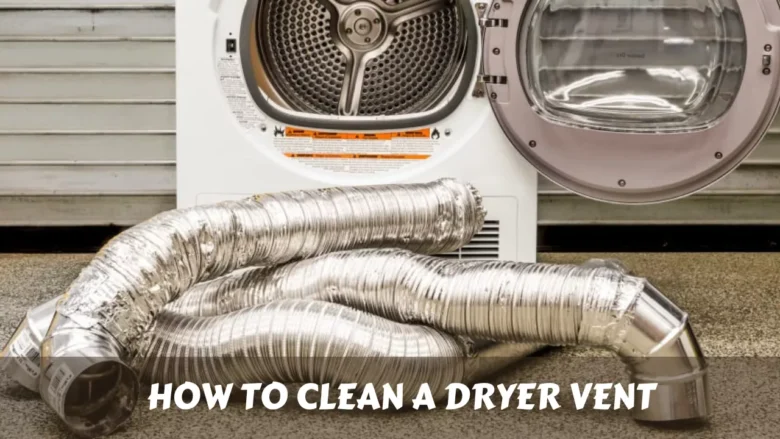You’re staring at your credit report after bankruptcy thinking “How the hell am I supposed to rebuild credit after bankruptcy with secured cards?”
The whole thing feels impossible.
But here’s what nobody tells you – bankruptcy isn’t the end of your financial story.
It’s actually chapter one of your comeback.
Jump to
ToggleThe brutal truth about life after bankruptcy
Your credit score just took a beating.
We’re talking 130-200 point drop.
Banks look at you like you have the plague.
Regular credit cards? Forget about it.
Car loans at decent rates? Not happening.
But here’s the thing – secured credit cards are your secret weapon to rebuild credit after bankruptcy.
What exactly is a secured credit card?
Think of it like training wheels for adults.
You put down a deposit. That deposit becomes your credit limit. You use the card like any other credit card. The bank reports your payments to credit bureaus.
Simple as that.
Here’s how it works:
- You deposit $500
- You get a $500 credit limit
- You buy stuff and pay it back
- Your credit score slowly climbs back up
Why secured cards work so damn well after bankruptcy
Banks aren’t taking a risk.
Your deposit covers them if you mess up.
So they’re happy to give you a chance.
Meanwhile, you’re building positive payment history.
Every on-time payment is like a small deposit in your credit recovery account.
My friend Sarah’s bankruptcy comeback story
Sarah filed Chapter 7 in 2019.
Credit score: 480.
She got laughed out of three banks trying to get a regular credit card.
Then she discovered secured cards.
Started with a $300 Capital One secured card. Made every payment on time. Never carried a balance.
18 months later?
Her score hit 650.
She qualified for her first unsecured card.
Today her score is 720.
The lesson? Secured cards aren’t just a backup plan. They’re the fastest path back to good credit.
Step-by-step: How to rebuild credit after bankruptcy with secured cards
Step 1: Wait for the right moment
Don’t rush this.
Chapter 7 bankruptcy: Wait at least 6 months after discharge Chapter 13 bankruptcy: You might qualify while still in your payment plan
Why wait? Your bankruptcy needs to show up properly on your credit report first.
Step 2: Pick the right secured card
Not all secured cards are created equal.
Look for:
- No annual fee (or low annual fee)
- Reports to all three credit bureaus
- Graduation path to unsecured card
- Low or no foreign transaction fees
Avoid:
- Cards with setup fees over $25
- Monthly maintenance fees
- Cards that don’t report to credit bureaus
Step 3: Start small but smart
Begin with a $200-500 deposit.
You don’t need to go crazy here.
The goal is building history, not having a high limit.
Step 4: Use it like a debit card
This is where most people mess up.
Do this:
- Use it for small, regular purchases
- Pay the full balance before the due date
- Keep utilization under 10%
- Set up autopay for the minimum payment
Don’t do this:
- Max out the card
- Make only minimum payments
- Miss payment dates
- Use it for cash advances
The best secured credit cards after bankruptcy
Capital One Platinum Secured
- $0 annual fee
- $49, $99, or $200 minimum deposit
- Reports to all three bureaus
- Possible credit line increases
Discover it Secured
- $0 annual fee
- Minimum $200 deposit
- 2% cash back at gas stations and restaurants
- 1% cash back on everything else
- Reports to all three bureaus
Citi Secured Mastercard
- $0 annual fee after first year
- $200 minimum deposit
- Access to Citi mobile app
- Reports to all three bureaus
Timeline: What to expect when rebuilding credit
Month 1-3: Your secured card shows up on your credit report. Score might drop slightly at first (new credit inquiry).
Month 4-6: Positive payment history starts building. Small score improvements begin.
Month 7-12: Noticeable score increases. You might get pre-approved offers for other cards.
Month 13-24: Significant score improvement. You could qualify for unsecured cards. Car loans become possible.
Month 25+: Back in the game. Multiple credit options available. Mortgage might be possible.
Advanced strategies to speed up your credit recovery
The authorized user hack
Ask a trusted family member to add you as an authorized user.
Their good payment history helps your score.
Just make sure they have:
- Low utilization
- Perfect payment history
- Long credit history
The multiple secured card strategy
After 6-12 months with your first card, consider getting a second secured card.
This increases your total available credit. Lowers your overall utilization ratio. Shows you can manage multiple accounts.
The credit builder loan trick
Some credit unions offer credit builder loans.
You make payments into a savings account. The loan gets reported to credit bureaus. You get the money back at the end.
It’s like forced savings that builds credit.
Common mistakes that slow down your recovery
Mistake #1: Applying for too many cards at once
Each application is a hard inquiry. Too many inquiries hurt your score.
Better approach: One card every 6-12 months max.
Mistake #2: Closing your secured card too early
Length of credit history matters.
Keep your first secured card open even after you get unsecured cards.
Just put a small recurring charge on it and autopay.
Mistake #3: Not monitoring your credit report
Bankruptcy can leave errors on your report.
Check your credit report monthly. Dispute any mistakes immediately.
Use Credit Karma or annualcreditreport.com.
Mistake #4: Focusing only on credit cards
Mix up your credit types:
- Secured credit card
- Credit builder loan
- Eventually an auto loan or small personal loan
Credit mix accounts for 10% of your score.
What to do while you’re rebuilding
Build an emergency fund
Start with $500. Work up to $1,000. Eventually aim for 3-6 months of expenses.
This prevents you from relying on credit for emergencies.
Create a budget that works
Track every dollar. Use the 50/30/20 rule:
- 50% needs
- 30% wants
- 20% savings and debt payments
Learn from your mistakes
Figure out what led to bankruptcy. Job loss? Medical bills? Overspending?
Put systems in place to prevent it from happening again.
Frequently Asked Questions
How long after bankruptcy can I get a secured credit card?
For Chapter 7: Usually 6-12 months after discharge.
For Chapter 13: Sometimes while still in your payment plan.
Each bank has different policies.
Will secured cards really improve my credit score?
Yes, if you use them correctly.
Make on-time payments. Keep balances low. Be patient.
Most people see 50-100 point improvements in the first year.
How much should I put down as a deposit?
Start with $200-500.
You can always add more later to increase your limit.
The key is consistent payments, not a high limit.
Can I get my deposit back?
Yes, when you:
Close the card with a zero balance, or
The card graduates to an unsecured card
Your deposit isn’t gone forever.
Should I carry a balance to build credit faster?
No.
This is a myth that costs people money.
Pay your full balance every month. Your payment history is what matters, not carrying debt.
What if I get denied for a secured card?
Try a different bank.
ChexSystems might be the issue (banking history problems).
Consider a credit union instead of a big bank.
The psychology of rebuilding after bankruptcy
Here’s what nobody talks about.
The shame. The embarrassment. The feeling like you’re financial damaged goods.
I get it.
But bankruptcy happens to 750,000+ Americans every year.
You’re not alone. You’re not broken. You’re not doomed to bad credit forever.
The mindset shift that changes everything:
Stop seeing secured cards as a punishment. Start seeing them as your comeback tool.
Every payment is proof you’re getting your life back together.
Your action plan starts today
Week 1:
- Check your credit report
- Research secured card options
- Choose your first card
Week 2:
- Apply for your chosen secured card
- Set up a system for tracking expenses
Month 2:
- Make your first on-time payment
- Check your credit score
Month 6:
- Evaluate your progress
- Consider applying for a second secured card
Year 2:
- Start looking at unsecured credit cards
- Consider other forms of credit
The bottom line on rebuilding credit after bankruptcy
Secured cards aren’t sexy.
They’re not going to get you a high credit limit right away.
But they work.
They’re your bridge from financial disaster back to financial stability.
The key is starting now, not waiting for the “perfect” time.
Your future self will thank you for taking that first step today.
Remember: Every financial success story has a comeback chapter.
This is yours.
Time to rebuild credit after bankruptcy with secured cards and write the next chapter of your financial story.





